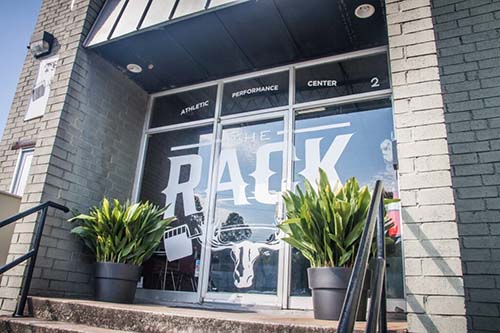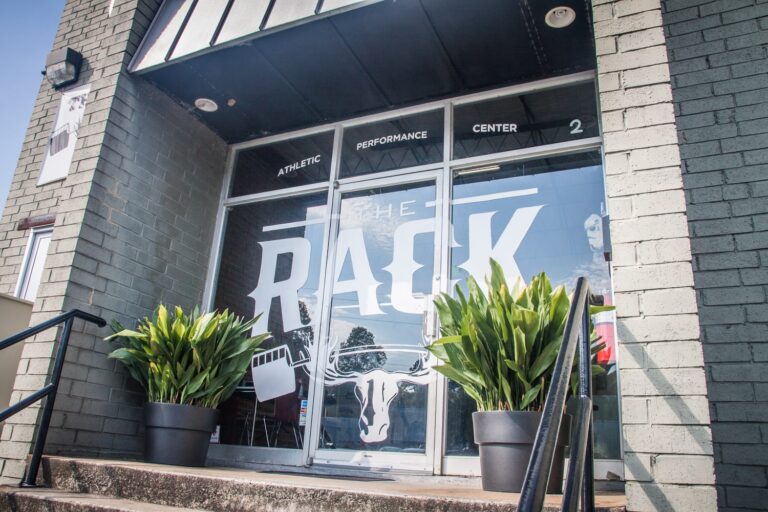Understanding PAILs and RAILs

Functional Range Conditioning (FRC) is a revolutionary system of mobility training that has gained popularity among athletes, physical therapists, and fitness enthusiasts. At the core of FRC are two key techniques known as PAILs and RAILs, which play a crucial role in improving joint health, mobility, and strength.
PAILs, which stands for Progressive Angular Isometric Loading, involves contracting the muscles in a stretched position to further increase range of motion and strength. This technique is designed to push the boundaries of your current flexibility by engaging the muscles at the end range of motion. By gradually increasing the intensity of the contraction, you can expand your usable range of motion and develop greater control over your movements.
On the other hand, RAILs, or Regressive Angular Isometric Loading, focuses on contracting the muscles in a shortened position to improve control and stability. By activating the muscles in a shortened position, you can enhance your ability to stabilize joints and maintain proper alignment during movement. RAILs help to reinforce the strength and control needed to support your joints through a full range of motion.
When combined, PAILs and RAILs create a comprehensive approach to mobility training that target both flexibility and strength. By incorporating these techniques into your FRC practice, you can unlock new levels of mobility, improve joint health, and enhance overall movement quality.
In conclusion, PAILs and RAILs are essential components of Functional Range Conditioning that offer a unique and effective way to optimize joint function and performance. Whether you are looking to enhance your athletic performance, recover from an injury, or simply improve your overall mobility, incorporating PAILs and RAILs into your training routine can help you achieve your goals.

JERMAINE HOUGH JR.
MS

